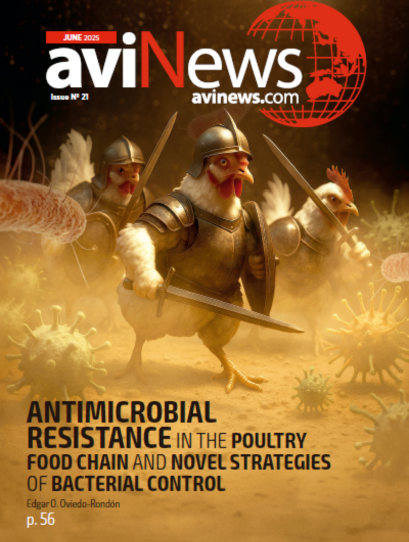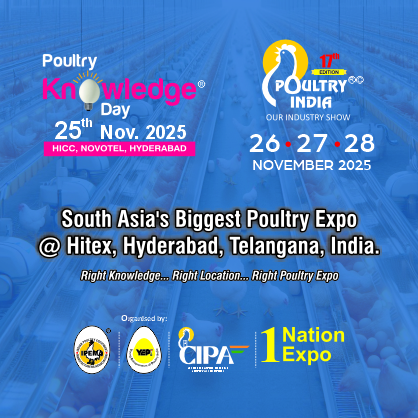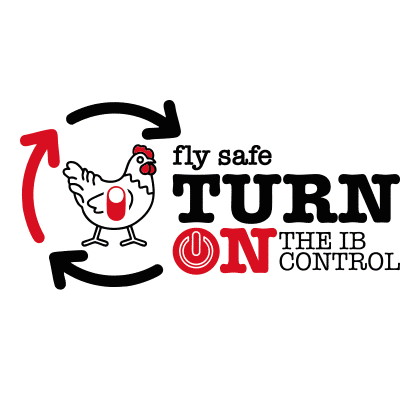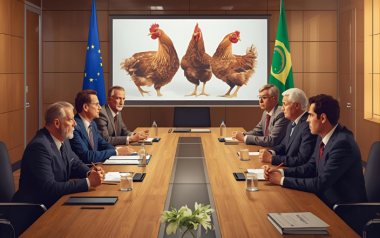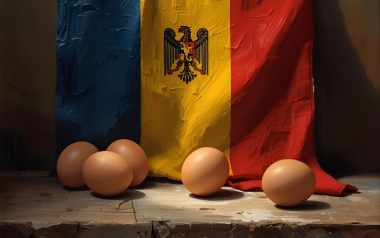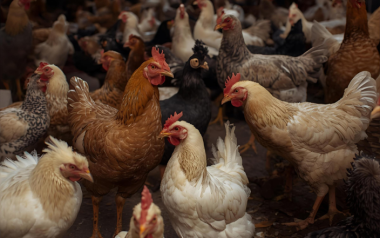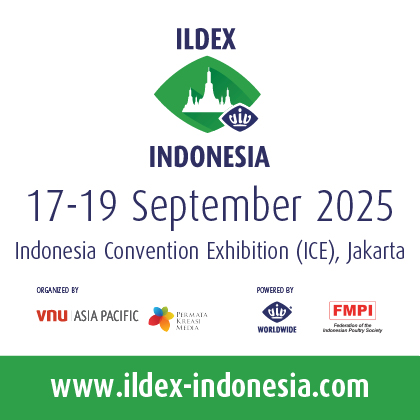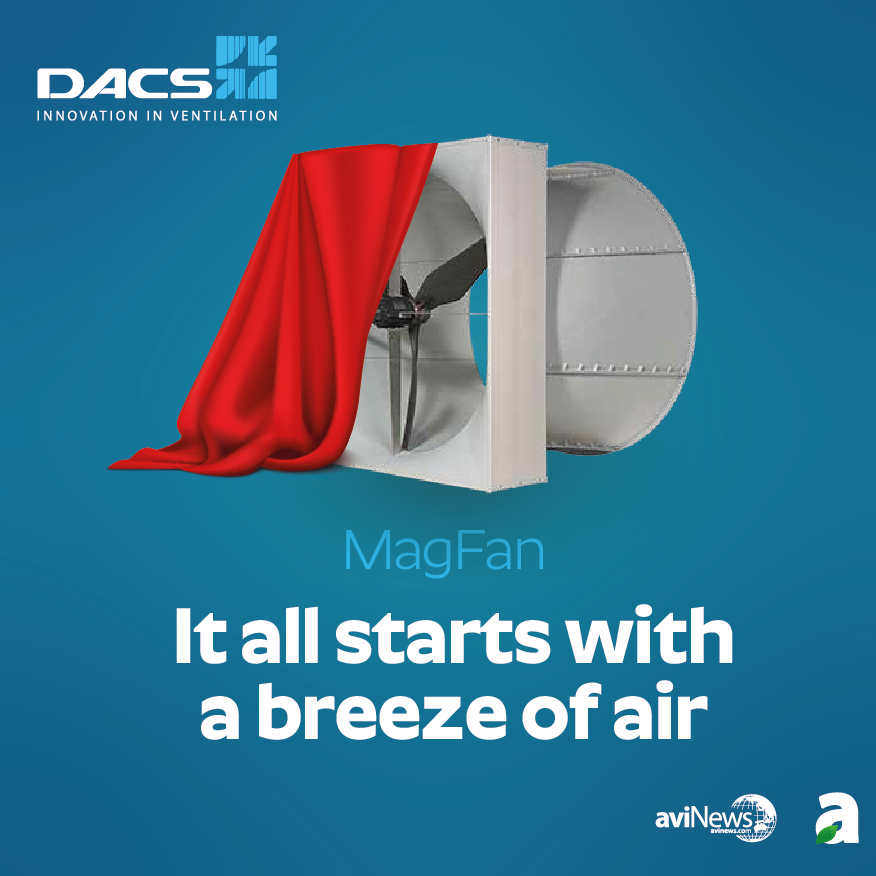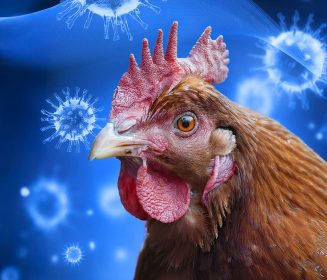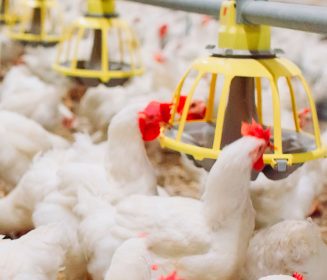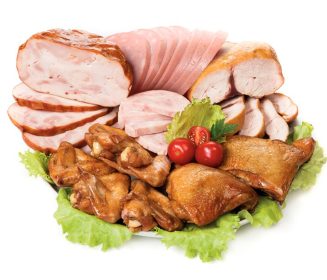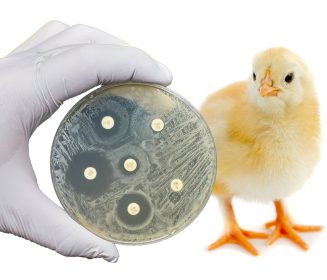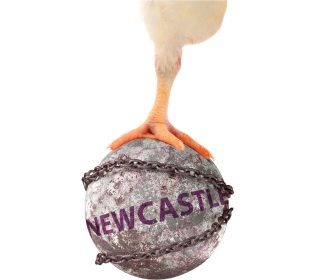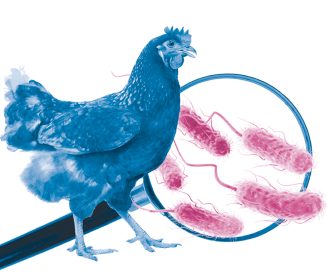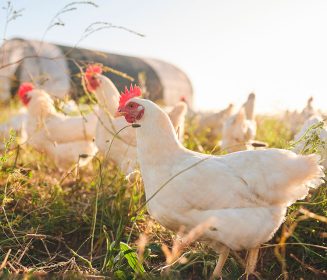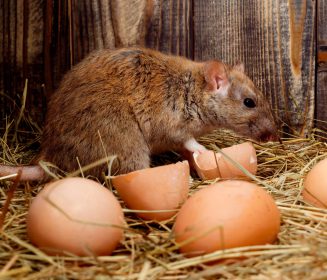Sources: Available upon request
02 May 2025
Why EU does not want U.S. chicken
The European Union (EU) has long resisted importing chicken from the United States, primarily due to concerns over food safety and animal welfare. This resistance is rooted in several key factors that differentiate European standards from those in the U.S.
The European Union (EU) has long resisted importing chicken from the United States, primarily due to concerns over food safety and animal welfare. This resistance is rooted in several key factors that differentiate European standards from those in the U.S.
Chlorine-washed chicken
One of the main reasons for Europe’s rejection of U.S. chicken is the practice of chlorine washing. In the U.S., it is common for poultry to be washed or dipped in chlorine-based solutions to eliminate harmful bacteria such as Salmonella and E. coli. While the U.S. Food and Drug Administration (FDA) and Department of Agriculture (USDA) consider this practice safe, European regulators have taken a more cautious approach. The EU banned chlorine-washed chicken in 1997, emphasizing the need to maintain high hygiene standards throughout the production process rather than relying on chemical treatments at the end.
Health risks
European authorities have identified potential health risks associated with chlorate, a byproduct of chlorine washing. The European Food Safety Authority (EFSA) has highlighted concerns particularly for children with mild or moderate iodine deficiency. Chronic exposure to chlorate can inhibit iodine uptake, affecting thyroid function, while acute exposure may impair the blood’s ability to absorb oxygen, posing risks to kidney health. Critics also warn that reliance on chlorine washing may encourage poor hygiene earlier in the supply chain.
Animal welfare
Another significant factor is animal welfare. European standards for animal welfare are generally stricter than those in the U.S. The EU has implemented comprehensive regulations to ensure the humane treatment of animals throughout their lifecycle. These regulations cover aspects such as housing, feeding, and transportation. The use of chlorine washing is seen as a shortcut that bypasses the need for stringent hygiene practices, which can compromise animal welfare.
Transparency and consumer trust
Transparency is also a major issue. In the U.S., processors are not required to disclose whether their chicken has been chemically washed, creating a transparency gap between American and European standards. European consumers tend to have higher expectations for transparency and trust in food safety regulations. This lack of disclosure in the U.S. undermines consumer confidence and contributes to the rejection of U.S. chicken.
Global perspectives
While the EU and the UK maintain bans on chlorine-washed chicken, other countries have different approaches. For instance, Canada and Mexico allow such imports under specific regulations. Despite U.S. pressure, European governments remain firm in their stance. UK Business Secretary Jonathan Reynolds recently stated that the country will “never change” its food standards as part of trade talks.
In conclusion, Europe’s rejection of U.S. chicken is driven by concerns over food safety, health risks, animal welfare, and transparency. These factors reflect the broader differences in regulatory approaches and consumer expectations between the two regions.

